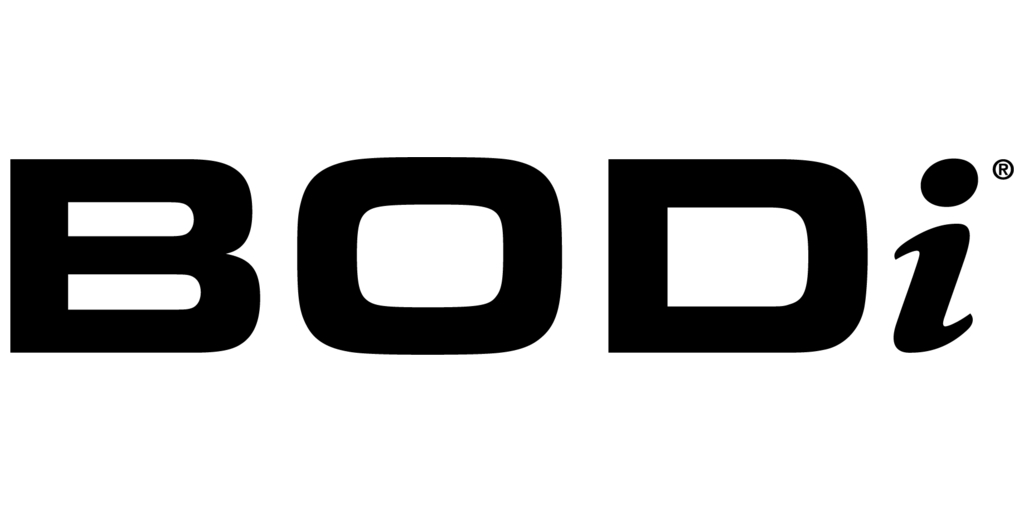Have you ever wondered why some marketing campaigns hit the jackpot while others flop? The secret often lies in knowing exactly who you’re talking to. That’s where buyer personas come in—not just any rough sketch, but detailed, well-crafted personas that guide your every marketing move.
Understanding Buyer Personas
What Is A Buyer Persona?
Buyer personas are semi-fictional characters that represent your ideal customers. They’re based on real data about customer demographics and online behavior, along with educated guesses about their personal histories, motivations, and concerns (more on that below!).
Why Buyer Personas Are Crucial
By defining your personas, you tailor your marketing efforts to address the specific needs, behaviors, and concerns of different parts of your audience. This isn’t just about increasing sales; it’s about creating marketing messages that resonate deeply, fostering stronger connections and loyalty.
The Starting Point: Vision Mapping
Explaining Vision Mapping
Before you dive into creating a marketing persona, start with vision mapping. This process isn’t about nitty-gritty details; it’s about understanding the broad goals of your business. Where do you see your brand in the next 5 years? Who are you serving, and what unique values are you offering them?
Vision Mapping for Air BnB Owners
Story time: During a vision mapping session with Airbnb owners who also run a real estate investment firm, the question arose: Who are we really targeting? Emerging investors like me who own a couple of affordable properties? Or high rollers with millions in their back-pocket? Understanding this shapes not only your marketing but your entire business strategy.
Crafting Detailed and Effective Personas
3 Key Components of a Persona
A well-rounded persona includes basic demographics, but goes much deeper:
- Psychographics: What are their hobbies, values, and attitudes?
- Behavioral Patterns: How do they like to consume content online? What social media platforms do they frequent?
- Pain Points: What specific problems can your product or service solve for them?

Cheat Code:
Utilize HubSpot’s Free Make My Persona to guide you through creating detailed profiles. Two of the most under-utilized tools are Reddit and Quora to gather insights directly from discussions related to your industry.
I use them all the time to understand consumer behavior and pain points for our clients – and so should you!
A meal prep business might target several personas:
- Busy professionals looking for quick healthy meals
- Athletes needing high-protein diets
- Individuals with inflammation, hypertension and/or cancer.
Fancy a Brand Strategy Session? Book It!
A Real Case Study
I recently had a chat with our client, a CEO of a fitness app. He described the app’s core differentiators as their four-pillar approach: fitness, mental health, recovery, and nutrition.
We respectfully pointed out that these are not true differentiators as virtually every other app focuses on the same exact pillars such as Beachbody (now BODi), Headspace, Talkspace, Apple Fitness etc.




Instead, we advised them to spotlight unique offerings like programs to optimize sleep patterns and the opportunity for users to learn any sport through their elite coaches.
By further lasering into each of the four pillars and carving out specific niches, we can target more effectively. Needless to say, he agreed!
5 Common Pitfalls to Avoid When Creating Buyer Personas
Overgeneralizing Your Audience
Ignoring Niche Markets: Broadly defining your target audience can lead to messages that resonate with no one. Avoid the “one-size-fits-all” approach and identify niche markets within your broader audience to tailor your messaging effectively.
Not Updating Personas
Stagnant Profiles Lead to Missed Opportunities: Buyer personas should never be on auto-pilot. They should evolve as your market and products do. Regularly revisiting and revising personas ensures they remain accurate and relevant, capturing changes in consumer behavior and preferences.
Assuming Without Validating
Unvalidated Assumptions Can Mislead Assumptions in persona creation must be validated through customer interactions, surveys, or data analysis. Without validation, you risk basing your strategies on inaccurate stereotypes that could mislead your marketing efforts.
Overcomplicating Personas
Complexity Doesn’t Mean Effectiveness Creating personas with too much detail or too many categories can complicate your marketing strategies, making it hard to act on them. Focus on clear, actionable traits that directly inform marketing decisions. But as noted in #1, you also shouldn’t over-generalize – balance is key!
Subscribe to our YouTube channel, Da Brand Lab, for more tips and tricks on mastering the art of marketing.
Mic Drop
Creating detailed buyer personas shouldn’t be an arbitrary marketing task; it’s a foundational element of your business strategy. The better you understand your personas, the more effectively you can engage them, meet their needs, and turn them into lifelong customers. And please for the love of fried chicken, cease all demographic-targeting!





